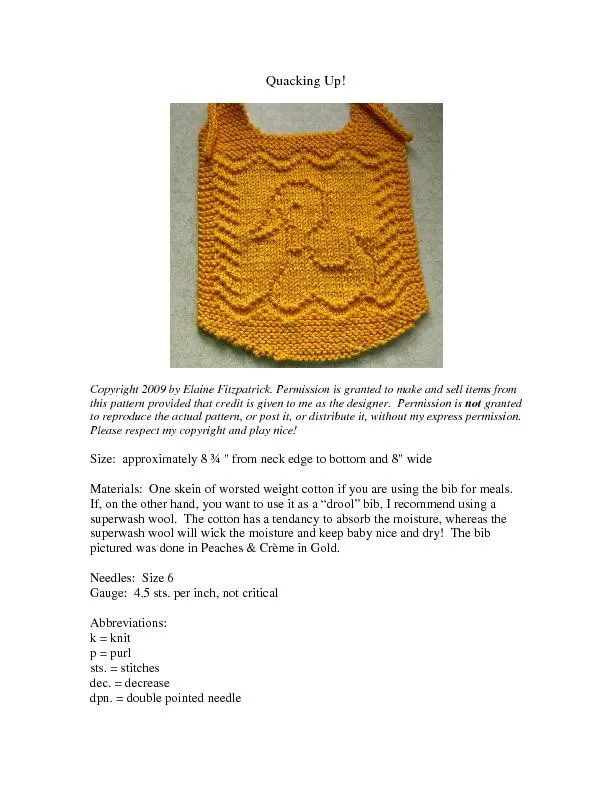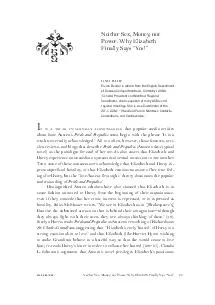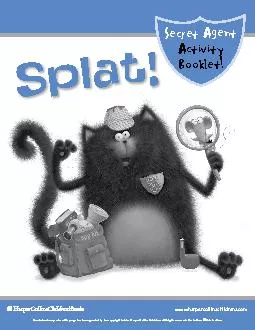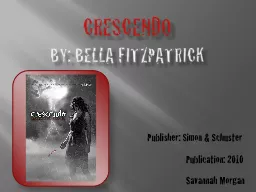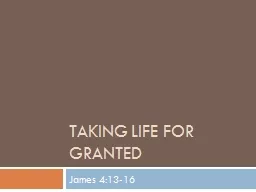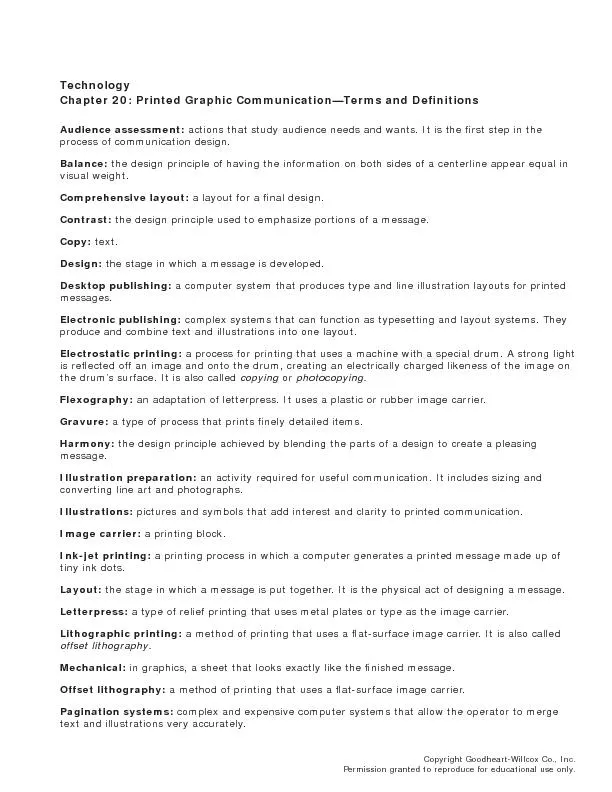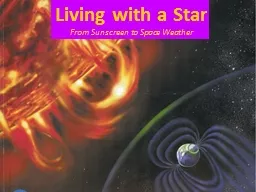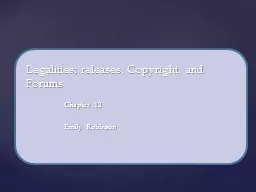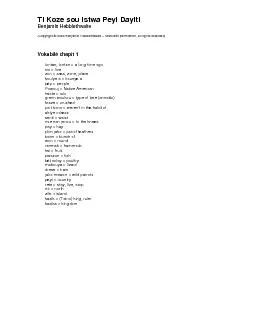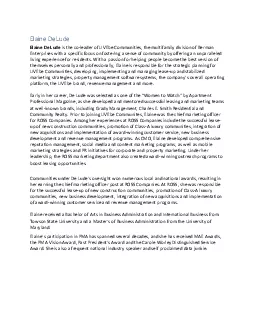PDF-Copyright 2009 by Elaine Fitzpatrick. Permission is granted to make an
Author : tatiana-dople | Published Date : 2016-07-16
Quacking Up When you reach the Icords on the bib it is helpful but not necessary to drop down a needle size to make the cords slightly tighter Cast on 15 sts Row
Presentation Embed Code
Download Presentation
Download Presentation The PPT/PDF document "Copyright 2009 by Elaine Fitzpatrick. Pe..." is the property of its rightful owner. Permission is granted to download and print the materials on this website for personal, non-commercial use only, and to display it on your personal computer provided you do not modify the materials and that you retain all copyright notices contained in the materials. By downloading content from our website, you accept the terms of this agreement.
Copyright 2009 by Elaine Fitzpatrick. Permission is granted to make an: Transcript
Download Rules Of Document
"Copyright 2009 by Elaine Fitzpatrick. Permission is granted to make an"The content belongs to its owner. You may download and print it for personal use, without modification, and keep all copyright notices. By downloading, you agree to these terms.
Related Documents

